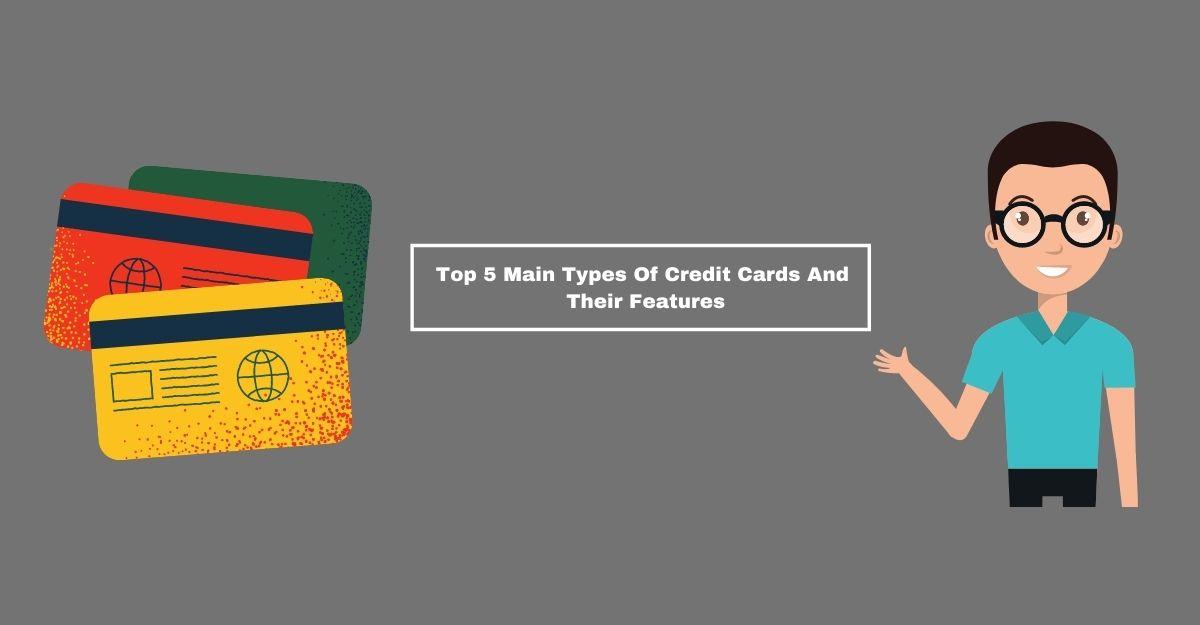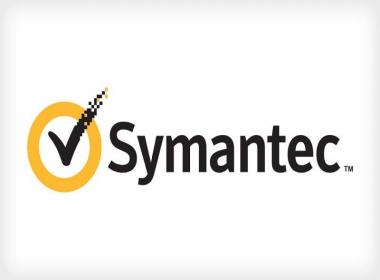Credit cards have become a fact of life. The vast majority of us have in any event one or are considering getting one. Despite this, many of us are not really aware of the different types available.
Knowledge of the types of cards in the market will help increase our choices so that we can find the most appropriate card for our needs and situation. Read on for five different types of credit cards you can choose from. But first I want to inform you that if you want to generate a new credit card then you can generate it from the credit card generator.
The Top 5 Main Types Of Credit Cards And Their Features:
1. Unsecured Revolving
- These are common credit cards most are familiar with. The features are:
- The card comes with a credit limit based on the credit history of the cardholder.
- The cardholder is allowed to purchase products and services up to the credit limit.
- The merchant selling the product or service processes the cardholder's credit card information and sends it to the card-issuing bank.
- The bank pays the merchant immediately or within days.
- This credit got by the cardholder is unstable.
- The cardholder can choose to pay back the loan within the non-interest grace period. Otherwise, he can make the minimum payment and carry the balance to the next month.
- The annual percentage rate (APR) applies to the remainder.
An unsecured revolving credit card is usually issued to consumers who have a good credit history. The card's main purpose is to provide purchasing power to the cardholder that he cannot be at point-of-sale.
2. Secured
Secured credit cards are generally suitable for a new person and there is no credit history to qualify for an unsecured credit card or for someone who tarnishes their credit history and wants to recreate it. The features are as follows:
- The cardholder will have to deposit the amount with the secured credit card issuing bank as collateral.
- This is equal to the credit limit, which is less or more than the money deposited.
- The cardholder is authorized to make purchases up to the limit.
- Payment transactions are processed as above.
- The cardholder may choose to repay the loan within the non-interest grace period or make a minimum payment and change the balance to the following month.
- The annual percentage rate (APR) applies to the remainder.
- Typically, the fees and APR applied to a secured one are much higher than that of an unsecured one.
The primary distinction between this kind of credit card and the overall one is the sort of credit. While cardholders enjoy unsecured loans on the above-mentioned cards, a secured credit card holder must ensure that he has deposited funds with the card-issuing institution. A credit limit close to the amount deposited ensures that you only spend what you can afford.
This prevents the risk of getting knee-deep in credit card debt problems. However, do not use a safe period for longer than necessary as it may affect your credit history. If you believe that you can be responsible for this, then you should also be able to handle an unsecured credit card.
3. Charge Card
Charge cards share the same features as unsecured credit cards. The differences are as follows:
- The cardholder is not allowed to carry any balance. The entire balance on each bill must be paid every month.
- Given this non-revolving feature, this card does not include any interest charges or APRs.
4. Store Card
A store card resembles an unstable credit card because of the accompanying highlights:
- The cardholder is allowed to purchase products and services up to the credit limit set by his credit history.
- The transaction process is similar to the above card types.
- The cardholder may choose to repay the loan within the non-interest grace period or make a minimum payment and change the balance to the following month.
- The annual percentage rate (APR) applies to the remainder.
The main difference between a store card and a normal credit card is that the cardholder can use it to buy only products and services from the card-issuing store. Cardholders are entitled to benefits and special discounts related to the products and services of the store.
However, the fees and APRs applicable to store cards are higher than normal ones. Recently, there is an in-store card. More and more of these store cards now come with a VISA or MasterCard feature that allows their use.
5. Affinity Cards
Everything about the affinity card is the same as normal. The only differences are as follows:
- This card is not issued by the bank solely. It is issued by another sponsoring organization whose logo appears on the card.
- The cardholder gets cashback, rewards, or other benefits related to the sponsoring organization while using it.
- Whenever the cardholder uses the card, the bank pays the profits to the sponsoring organization.
- If the sponsoring organization is a charity, the cardholder will basically donate it every time he or she uses the card.
Regardless of which type of card you dispose of based on your needs and desires, make sure that you read the fine print given in your agreement very judiciously. Be aware of ridiculously high fees or arbitrary additions to fees.
Also read about:
Best Grooming Ideas for Men in Summer and Spring
what are tomato benefits for health
5 Mauritian Luxury Junkies Experiences
















